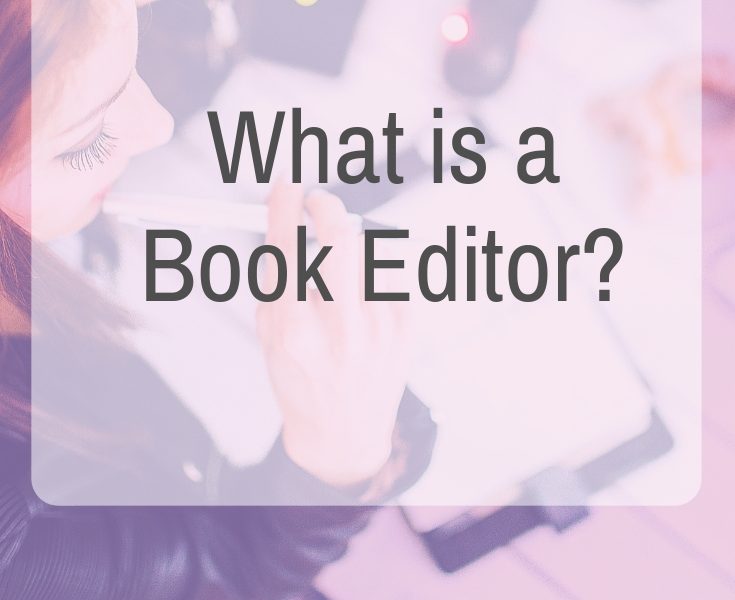For this post, I’m answering the second half of the question on the differences between a writing coach and a book editor. While they both have a similar goal, helping you get a book published, they handle different parts of the process. To read about what a writing coach does, see the previous post. For the editor portion, see below.
When writers think of editors, they often picture someone wearing a black pointed hat, devil horns, or a Freddie Krueger mask. They know that editors tear apart manuscripts, and I’ll be honest, no one likes to finish something only to be told that they need to redo part of it (if you have kids and try cleaning your house, then you know what I mean).
But here’s the thing: writers and editors are on the same team. We have the same goal: a fabulous, clean, crisp book that readers will love. Editors are the people who help you look good, which essentially helps you sell more books. (Confusing, messy books don’t get 5 stars.)
So what does an editor do, exactly? For 10 years at my corporate job, people assumed I had a magic wand that made the text they gave me clear and readable. I assure you that’s not the case .
An editor’s job is to make the text cohesive, free from glaring errors (an occasional error may slip by), and focused to achieve the writer’s goal. This can be accomplished several different ways. In my case, I provide two different types of editing services: copy editing and developmental editing.
Let’s step back a second and learn what proofreading is. A copy edit is a step above proofreading. Proofreading involves making sure no words are missing or misspelled, punctuation is correct, and everything makes sense. A proofreader may leave you notes about something that doesn’t make sense, but they won’t fix it.
All those things are usually included in a copy edit, but the editor will also massage the text, remove unnecessary words, tighten, and generally make the text more palatable. When small things need fixed like a sentence that doesn’t make sense, the editor will attempt to fix it and possibly make a note about it being less confusing this way. Generally, text isn’t moved around, unless it’s a small change or it’s bumped down lower in a paragraph, for example.
A developmental edit is a much longer process. It includes everything that the copy edit includes, plus more extensive moving of text, requests for embellishment of certain parts of the text, chopping of sections, comments on how to improve the text, and more. Think of it as a gut and remodel. When I do this, it’s like doing writing coaching and copy editing at the same time. The manuscript will come back bloody and need major revisions. It takes a lot of time, but if you are struggling with your book, this is the way to go.
Please note that neither type of editing should be considered “bad”! These are simply different ways of addressing different problems, much like using a Band-Aid or a cast to fix an injury.
NOTHING should stop you from getting your book out when you have brilliant ideas to share so you can make a bigger impact, and an editor will help you reach your goal. When you’re working on your book, you have to decide for yourself what level of support you want and how you want to handle the editing part of the project. A good editor will be able to recommend what level of editing you need, discuss what is involved, and give you an estimate for cost.
When looking for a coach or editor, you best choice is always word-of-mouth from someone you trust (not just, “My cousin reads a lot of books. She can help.”). If you don’t know anyone offhand, then get in touch with an entrepreneurial community to find out who edits their books. And of course, I’m happy to talk with you about your project and your needs.

